It’s officially PRT ( physical readiness test) season, and this time around it’s daunting for a few reasons! ONE: this is the first time that we’ll be doing the plank as a core exercise. TWO: they’ve introduced the rower as a new cardio option which could be a good or bad thing, that’s yet to be determined. THREE: we haven’t had a PRT in well over a year!!! Everything was put on hold when the pandemic hit, and here we are about to see who stayed ready and who has to get ready. I’m not even gone lie, I definitely have to get ready and I have less than a month to do it.
The Navy’s Physical Readiness Test is comprised of cardio-respiratory and muscular strength and endurance. Cardio options include an outdoor run, swimming, indoor run, bike, or treadmill. Strength and endurance are tested through push-ups, and planks.
It seems simple and from the outside looking in, it should be easy until you insert the test part! One, you’re physically being evaluated and two, we have certain times and scores to make that affect our careers. So you add that pressure and the fact that whoever created the score chart must have been a former college or professional athlete and yea something that should be easy can get real hard, real quick.
So how am I approaching PRT season? Keep reading to find out!
1. IDENTIFY A GOAL
You need to know what you’re training for.
The overall score categories are Outstanding, Excellent, Good, Satisfactory, and Failure.
-Outstanding is the best score that you can get and it usually correlates to an award of a 72 or 96 hour special liberty if achieved. Outstanding is always my ideal goal because time off is obviously a motivator.
-Excellent the next best score is my minimum goal. An excellent score correlates to only having to take one physical readiness test per year and that’s definitely a motivator.
I always keep my goals between the top two scores. A Good score means that you passed but there is no reward to it and it’s definitely not a stand out identifier to put in your record. The other two scores mean you are barely getting by or not at all and that’s how you end up on a hit list with a compromised career so I don’t even acknowledge those.
2. CHOOSE A FORM OF CARDIO
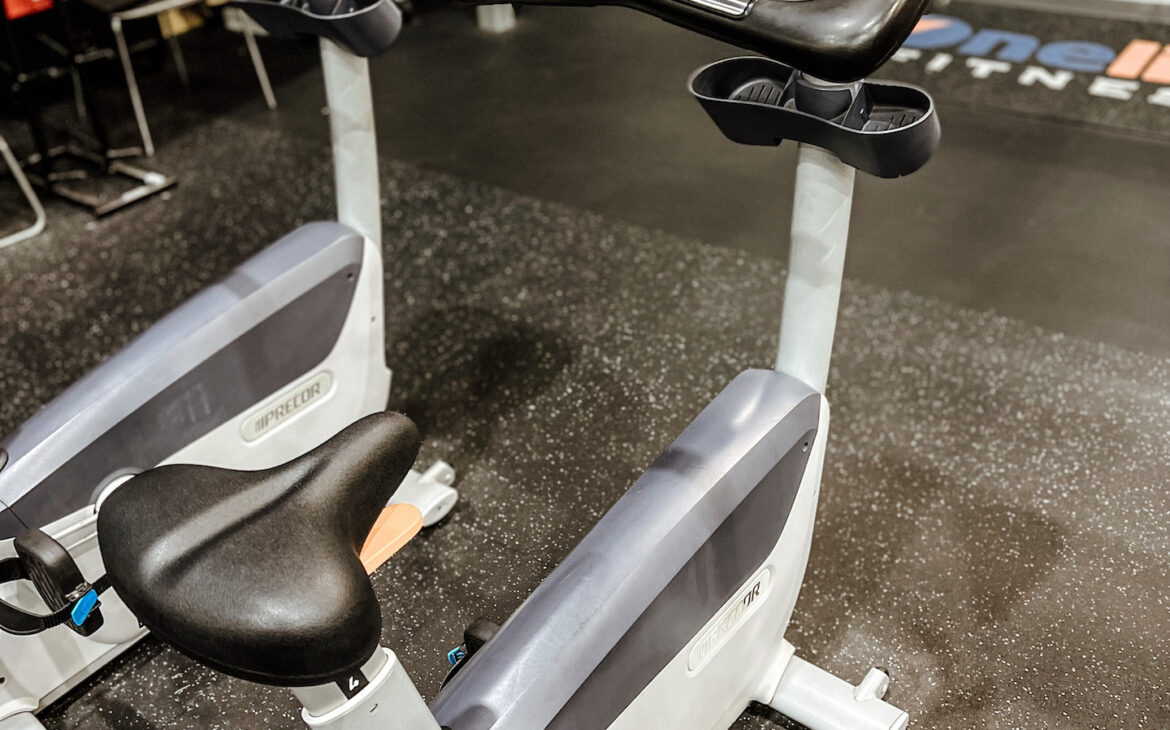
BIKE 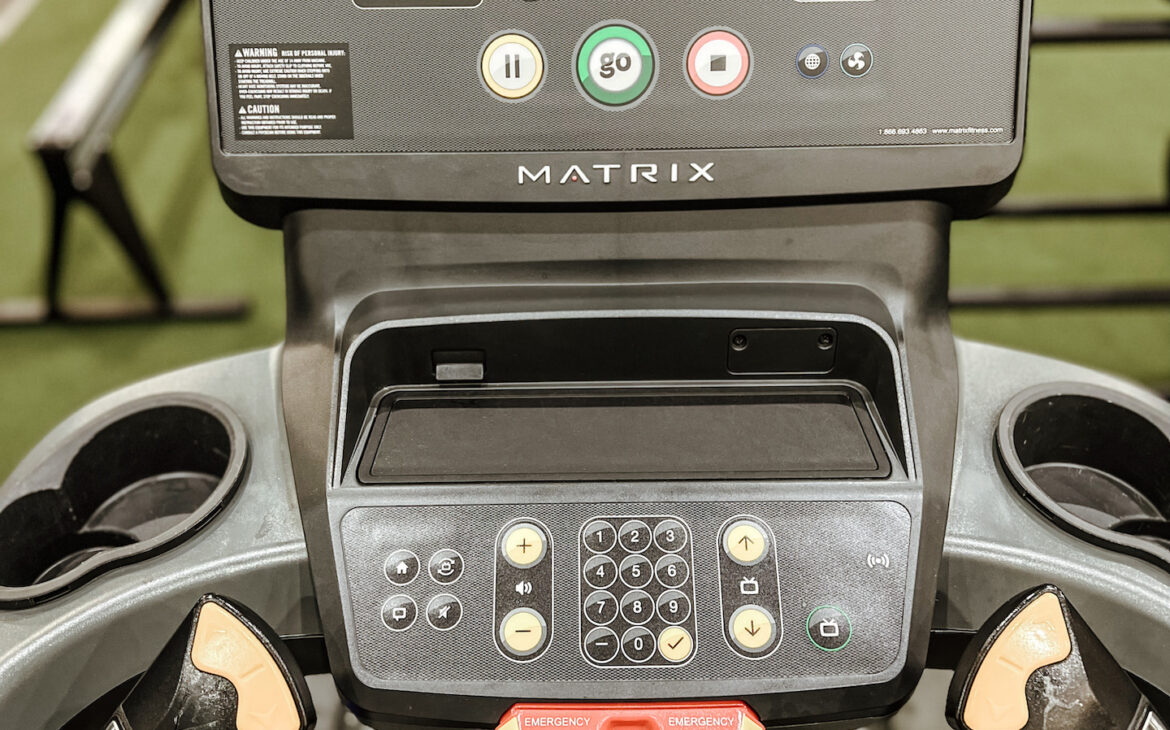
TREADMILL 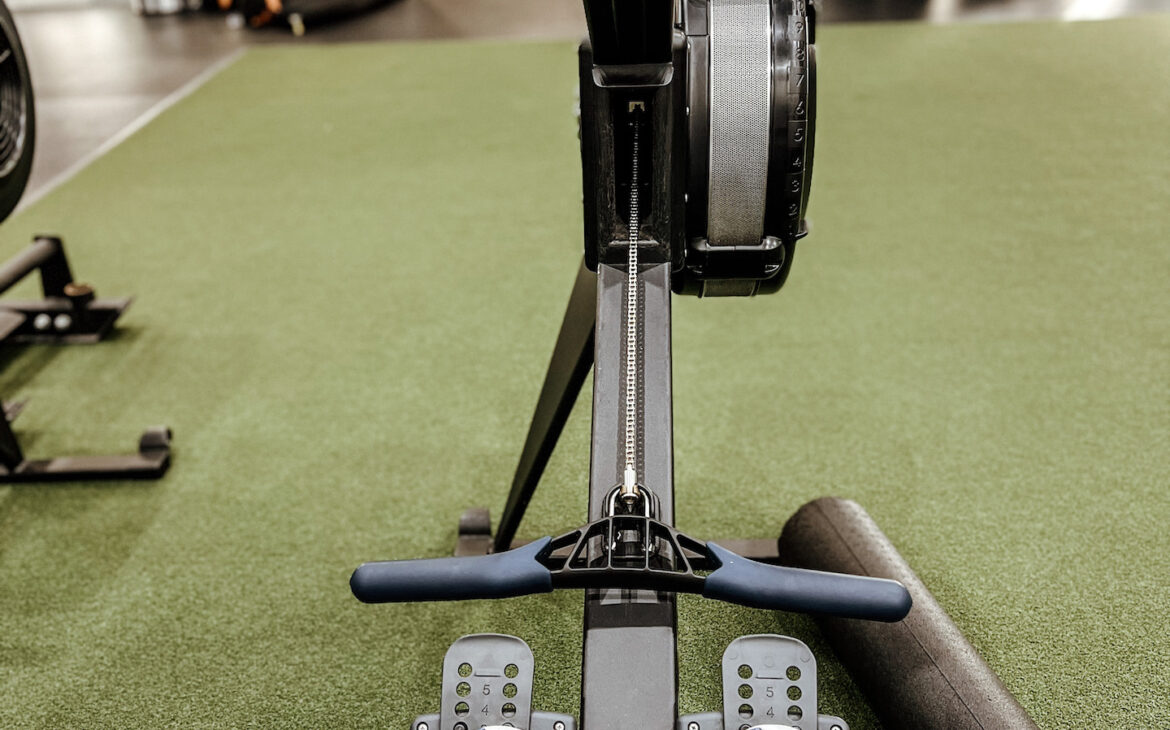
ROWER
Push ups and planks are the same for everybody but with cardio we can choose which form works best. I choose my cardio based off which one I can get the highest score on. I know that running is not my strong point, so for me it’s between the rower and the bike. To be successful in the cardio option you have to be able to go all out or max capacity for anywhere from 8-12 mins. It’s eazier for me to do that if I am using my full body, so I’m choosing the rower as my cardio option this year.
3. USE A SCORE CALCULATOR
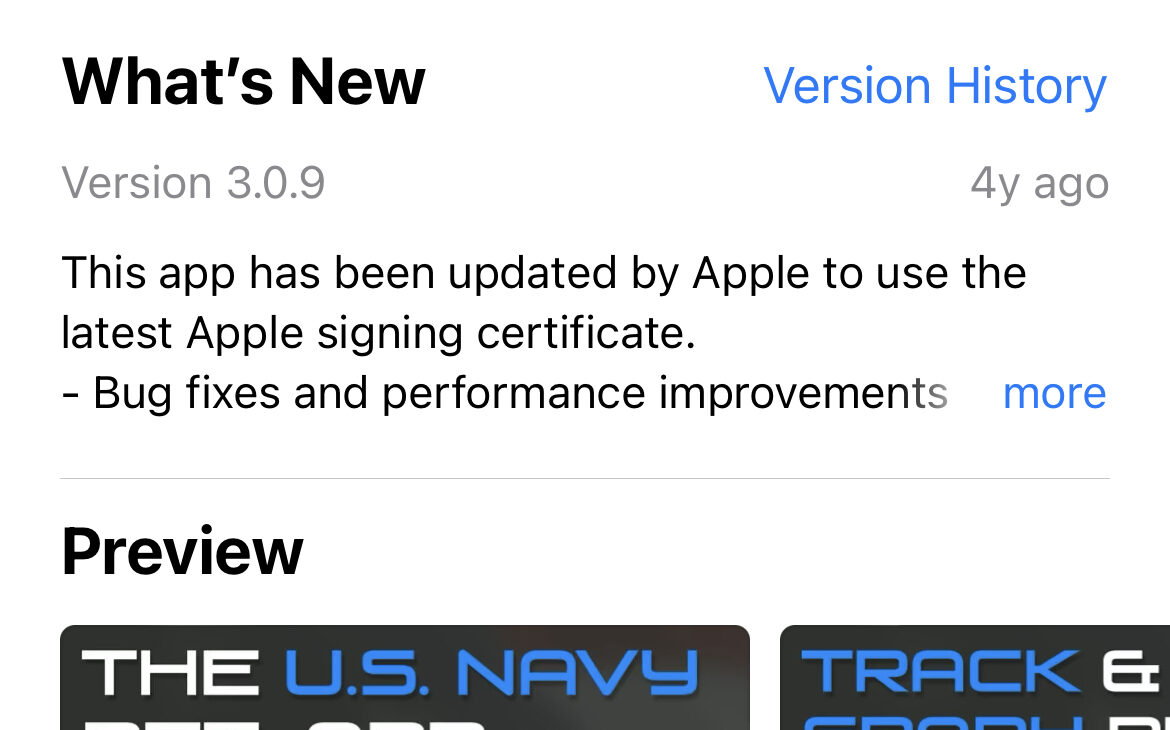
NAVY PRT APP 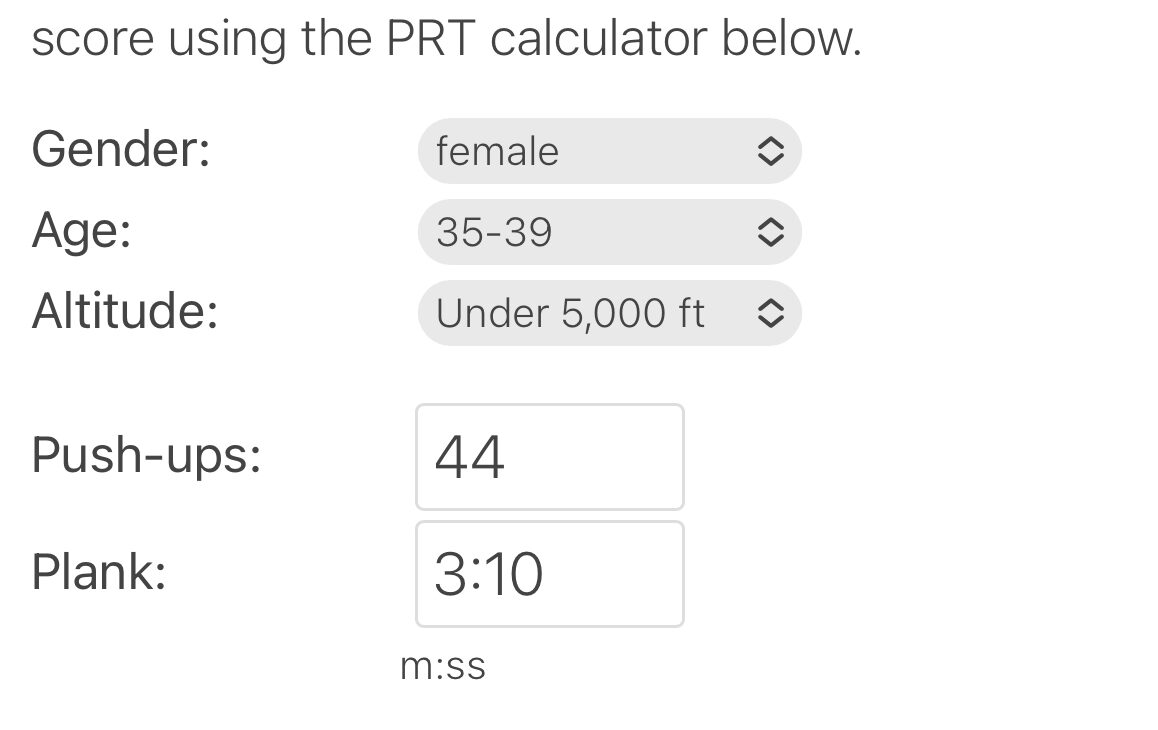
PREDICTED TIMES 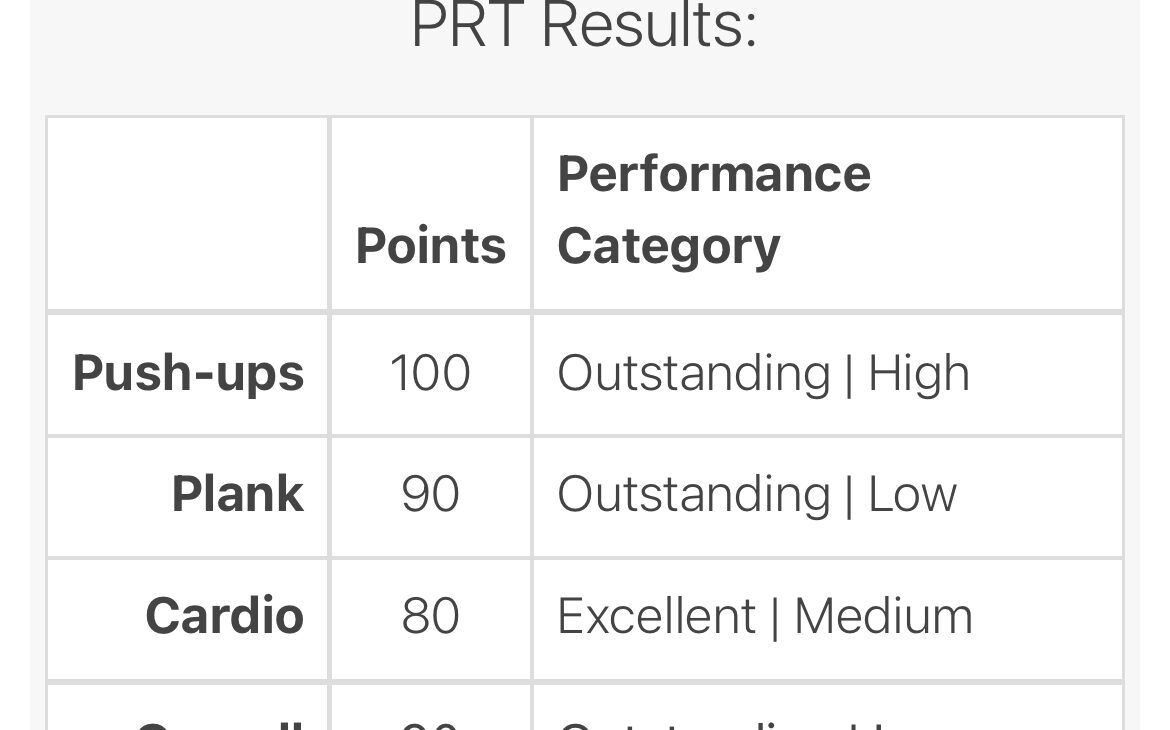
INCH CALCULATOR SCORES
Like I said earlier, you have to know what you’re training for. You need to know what times you need to get the overall score you want. Some resources for calculators include the Navy PRT app or the Inch calculator. Both allow you to plug in numbers to see exactly what you need.
See the links below:
–https://apps.apple.com/us/app/navy-prt-calculator-us-navy-pfa-calculator-bca/id1106088252
–Navy PRT Calculator – Calculate Your Physical Readiness Test Score – Inch Calculator
4. CREATE A PROGRAM

PLANKS 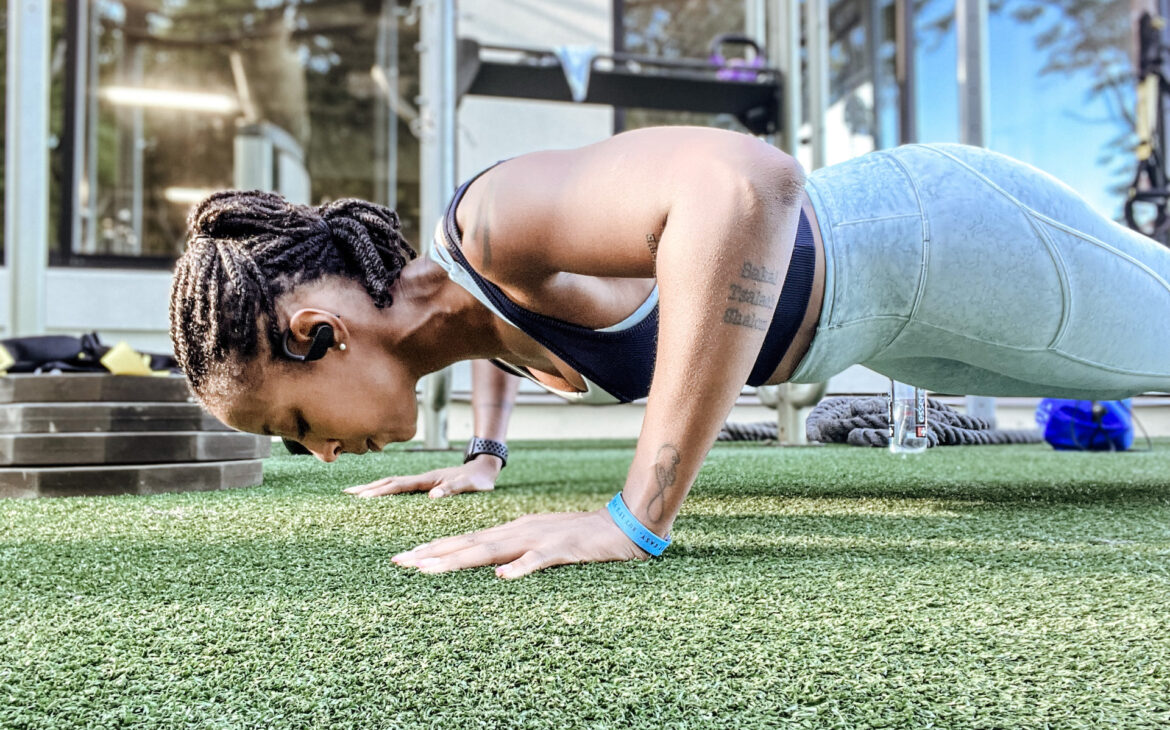
PUSH UPS
You’ve laid the ground work, now all that’s left is creating a plan that will help you get to your end goal. My current plan consists of 5 days of cardio where I bike and run or row and run. Twice a week I will wear a weighted vest to increase the intensity.
I’ve created a plank program that focuses on strengthening specific muscles that are engaged in the plank, and I do push ups every other day increasing my number by 5 each week.
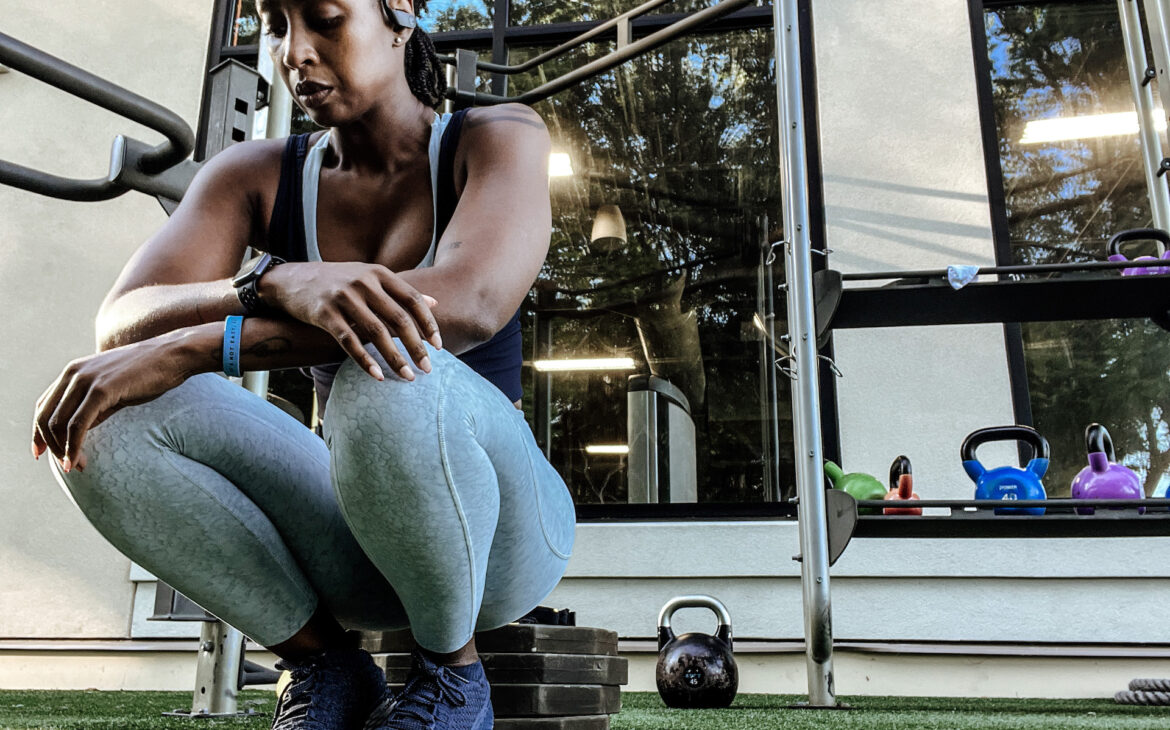
This my 9th year going into PRT season. What I’ve found is that consistency, intensity, and a good playlists are the keys to success! Even if you aren’t in the Navy, doing the PRT is a great way to evaluate your current level of physical fitness! For those of you training!! Good Luck!!!


